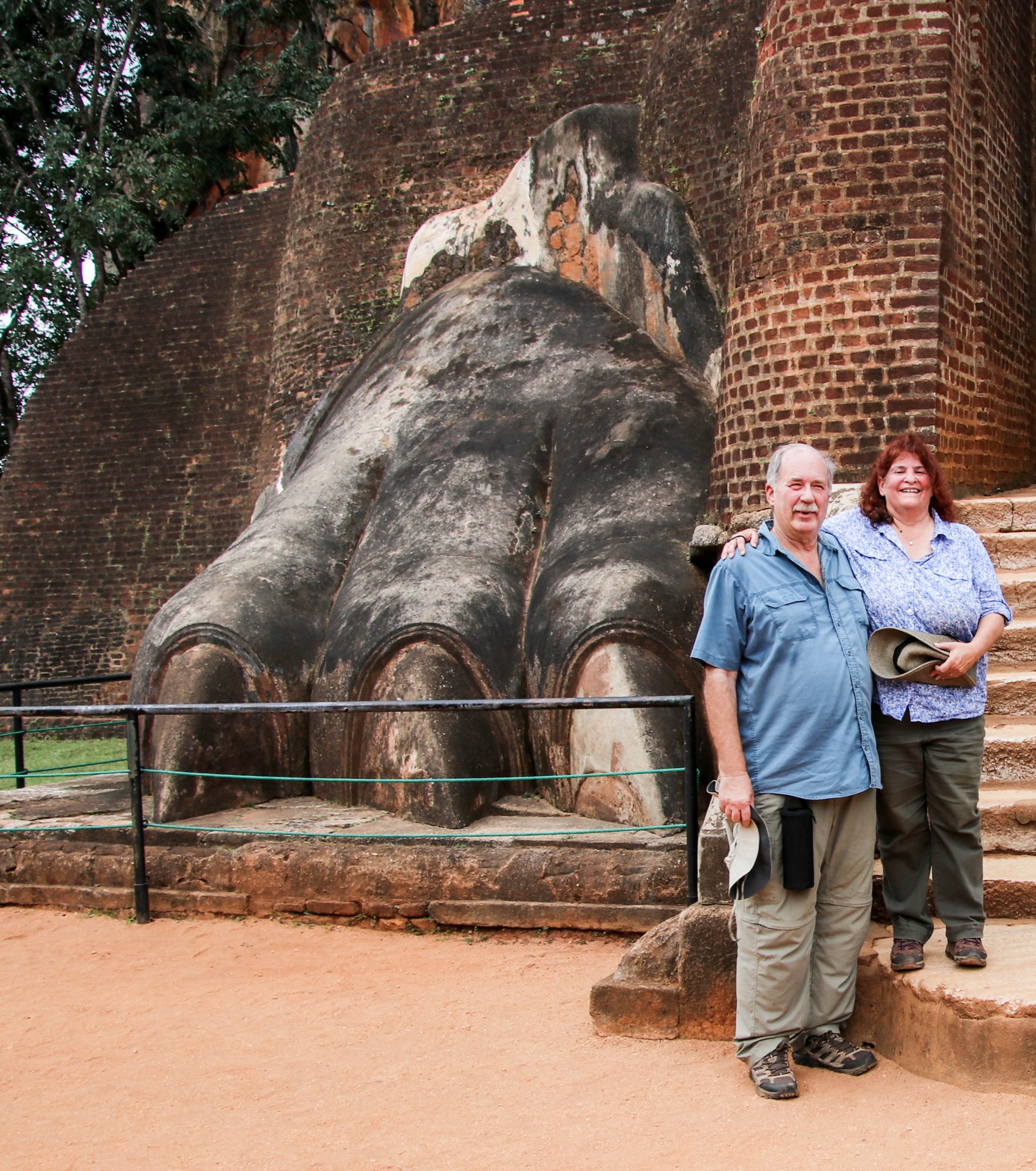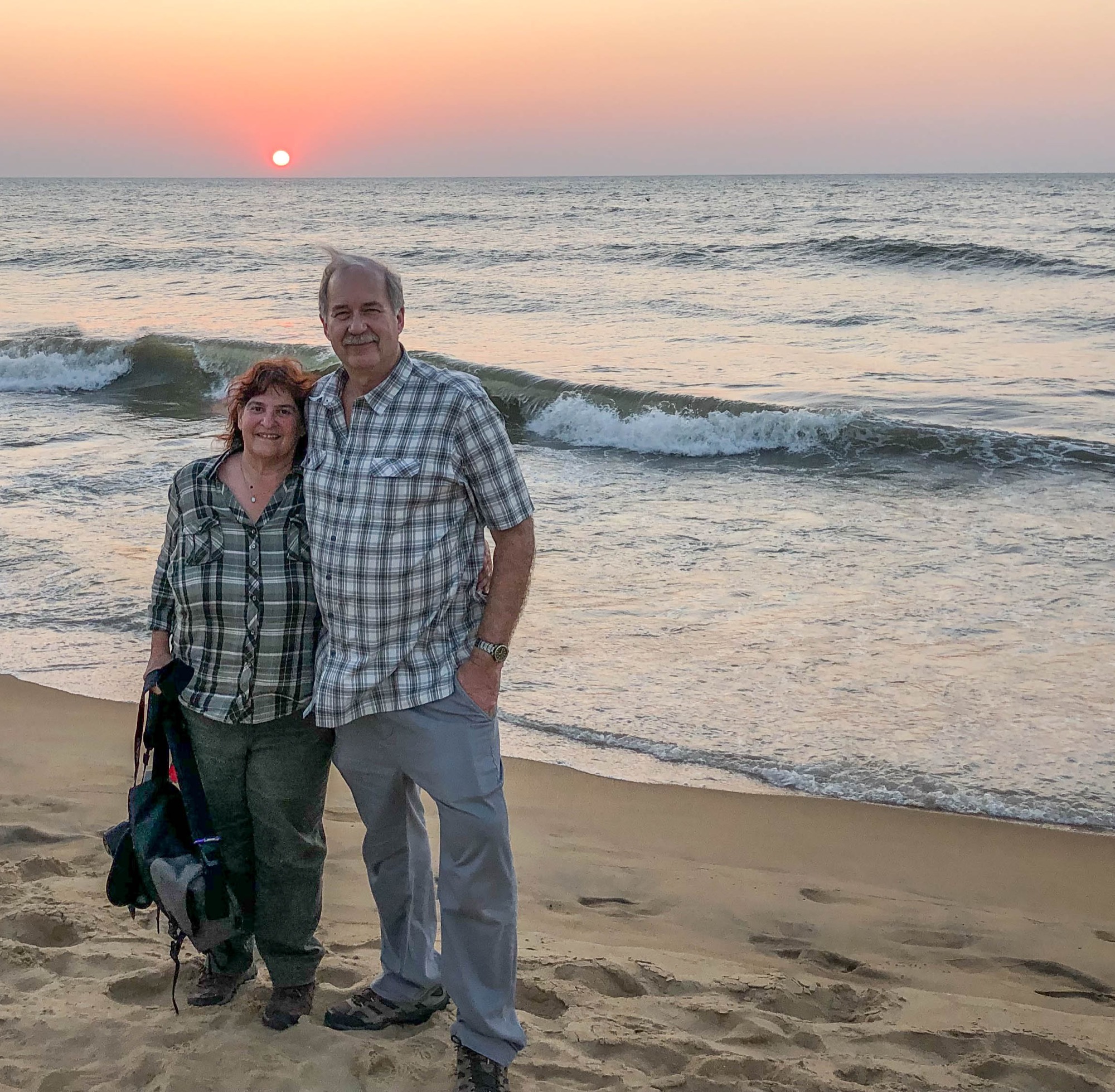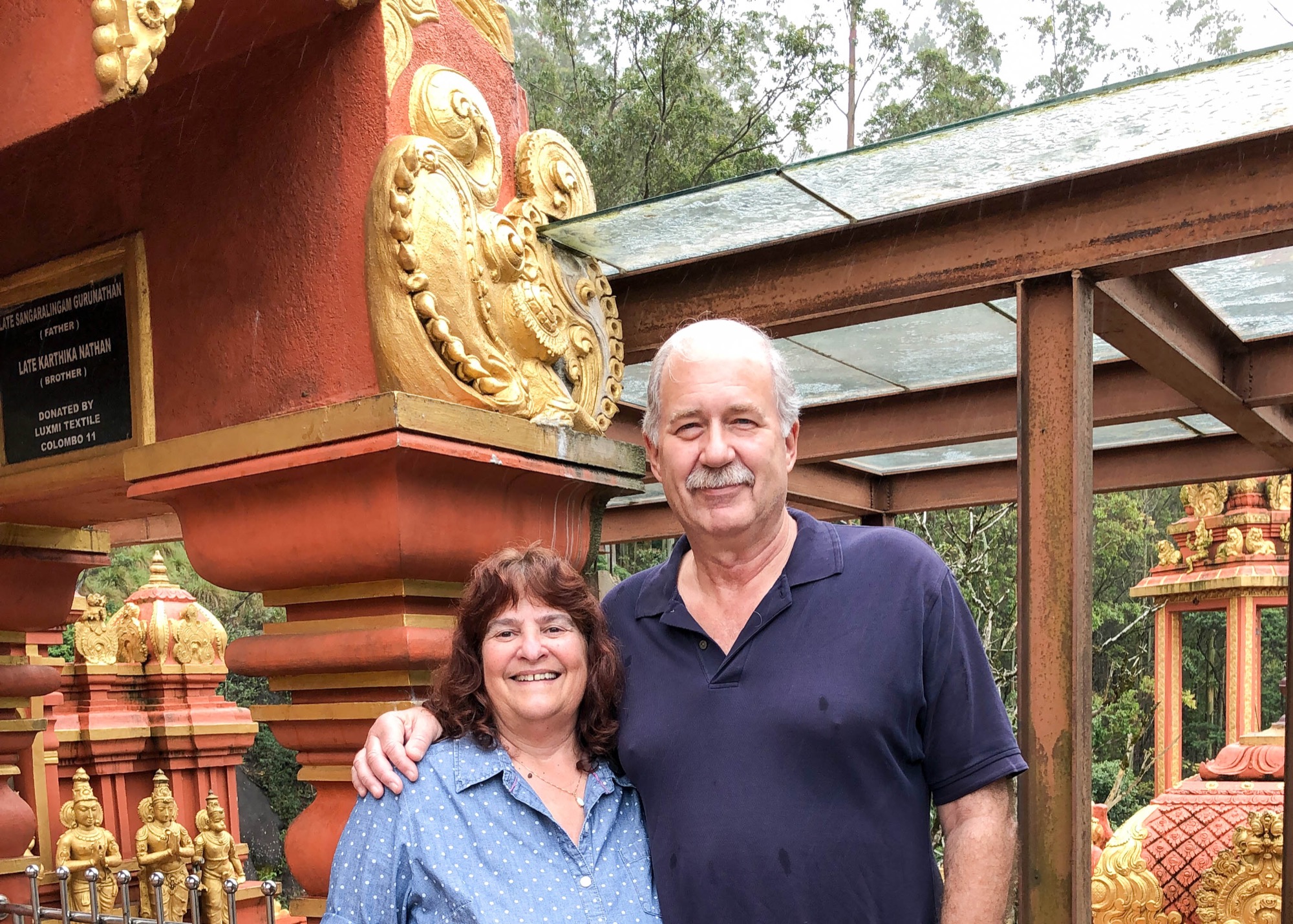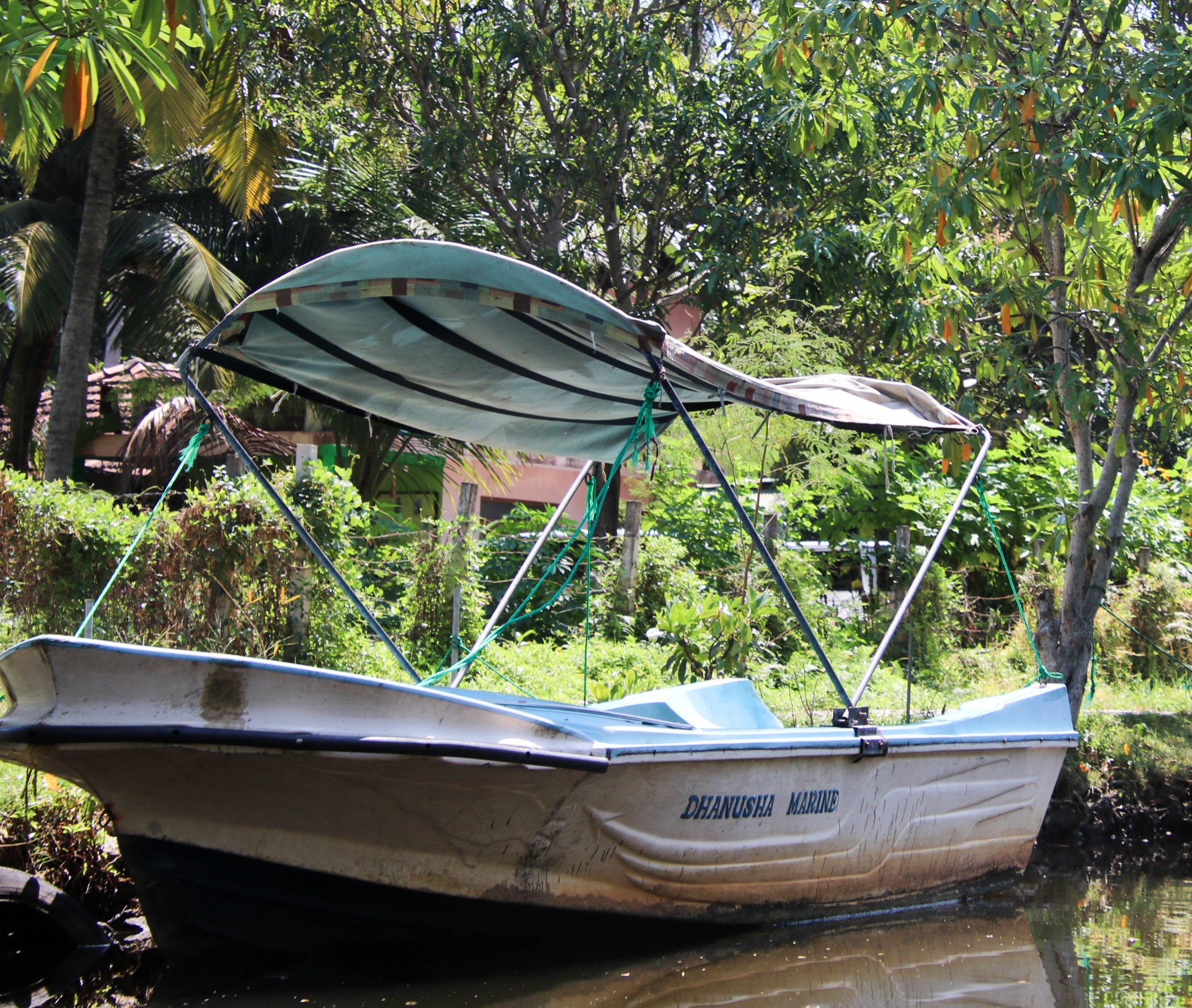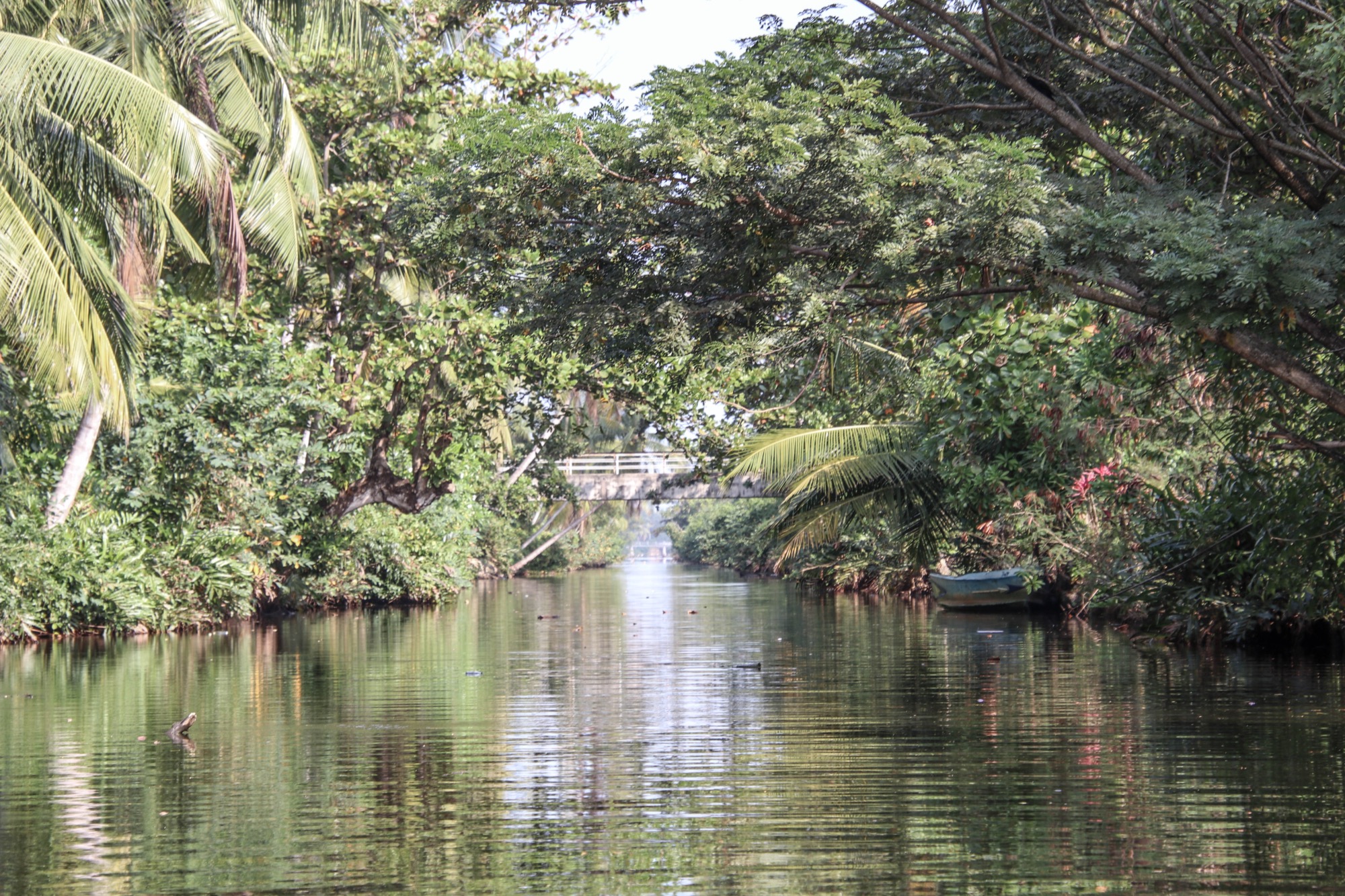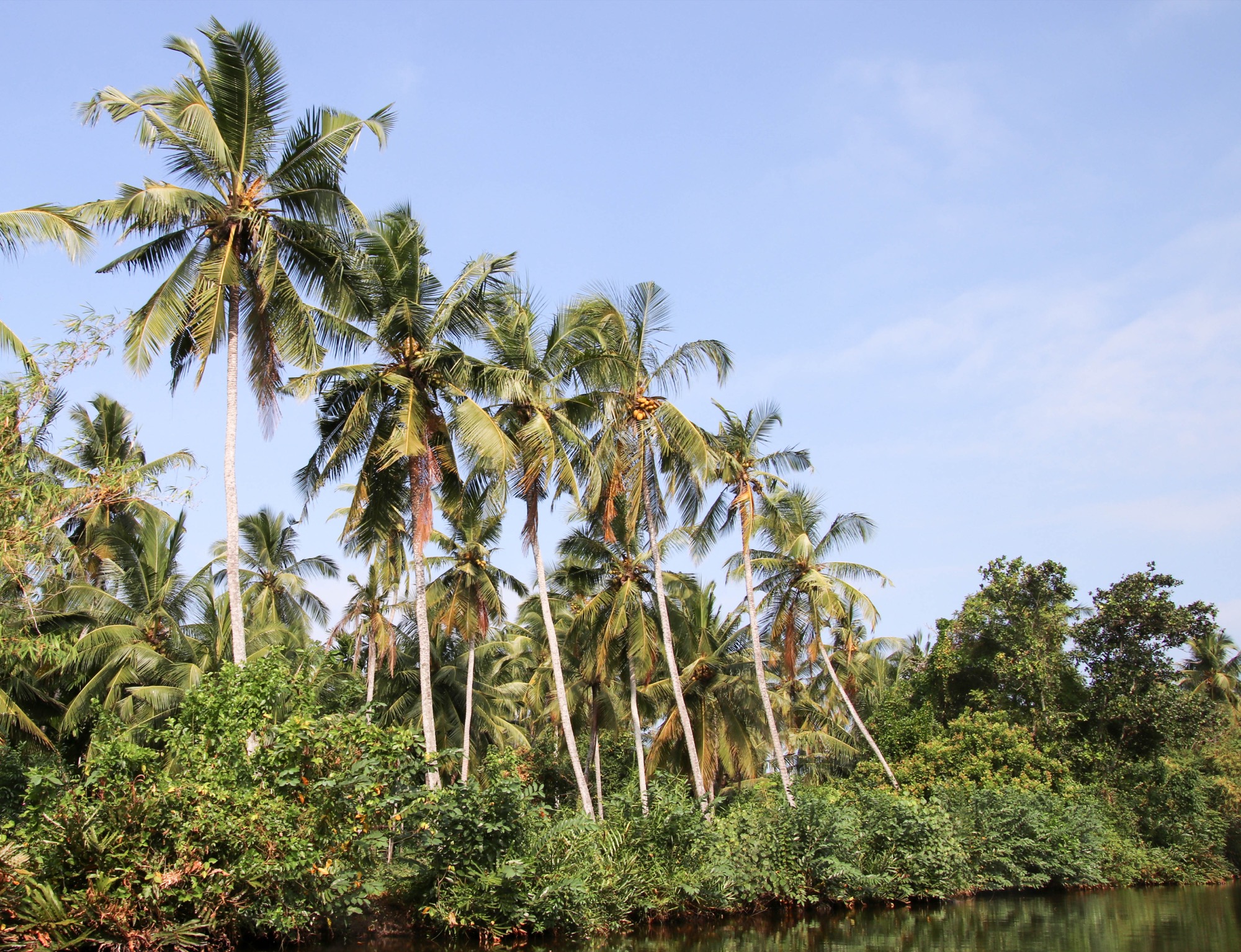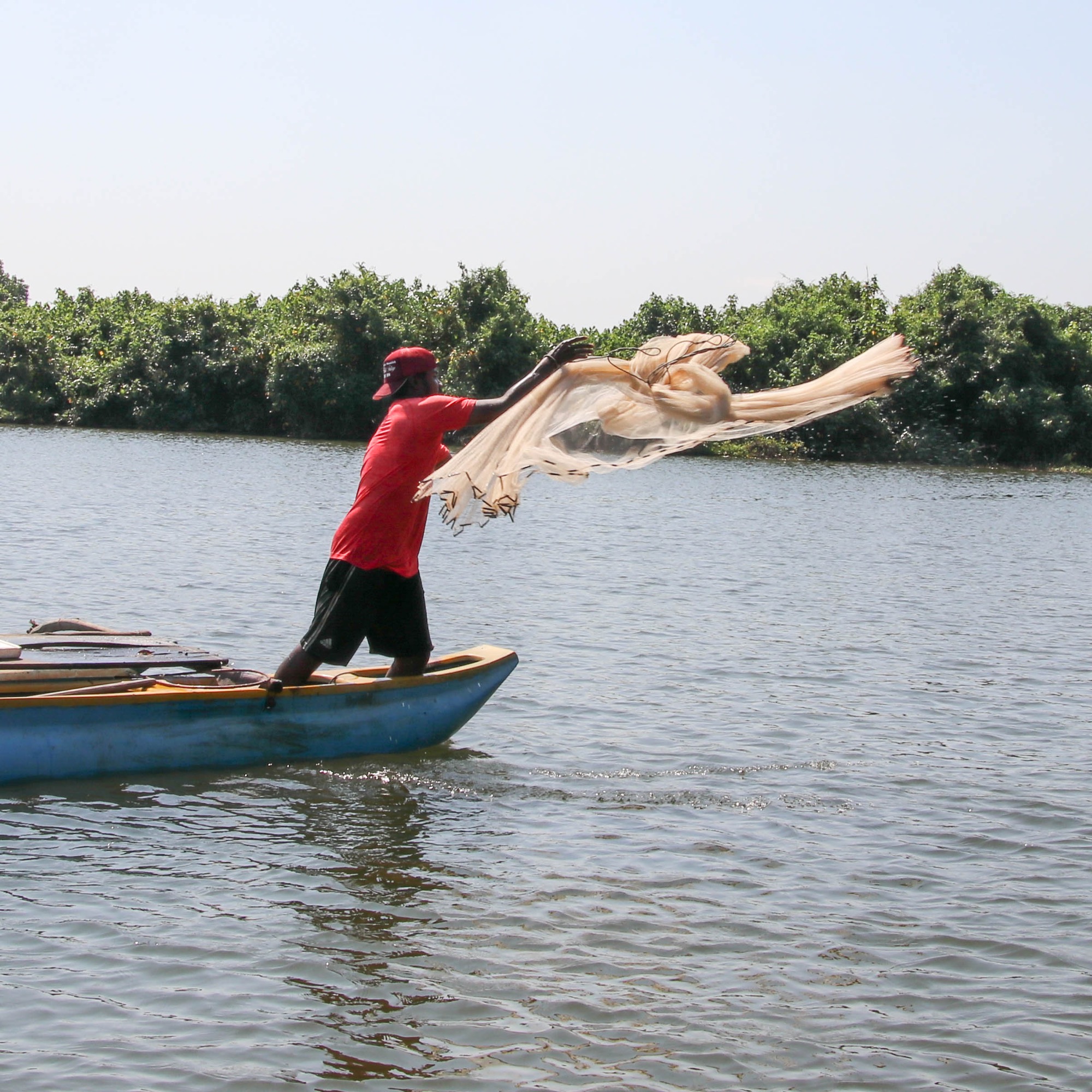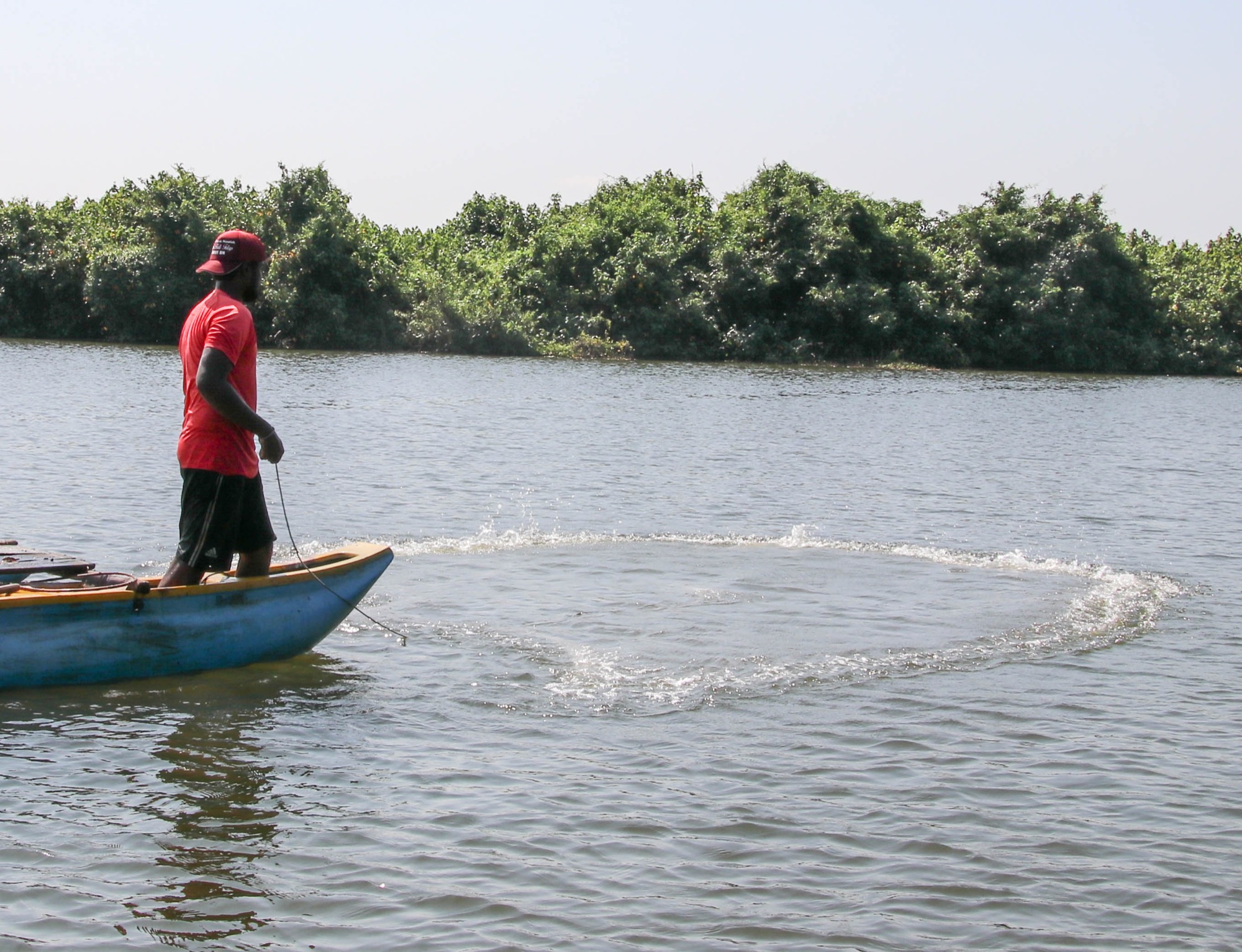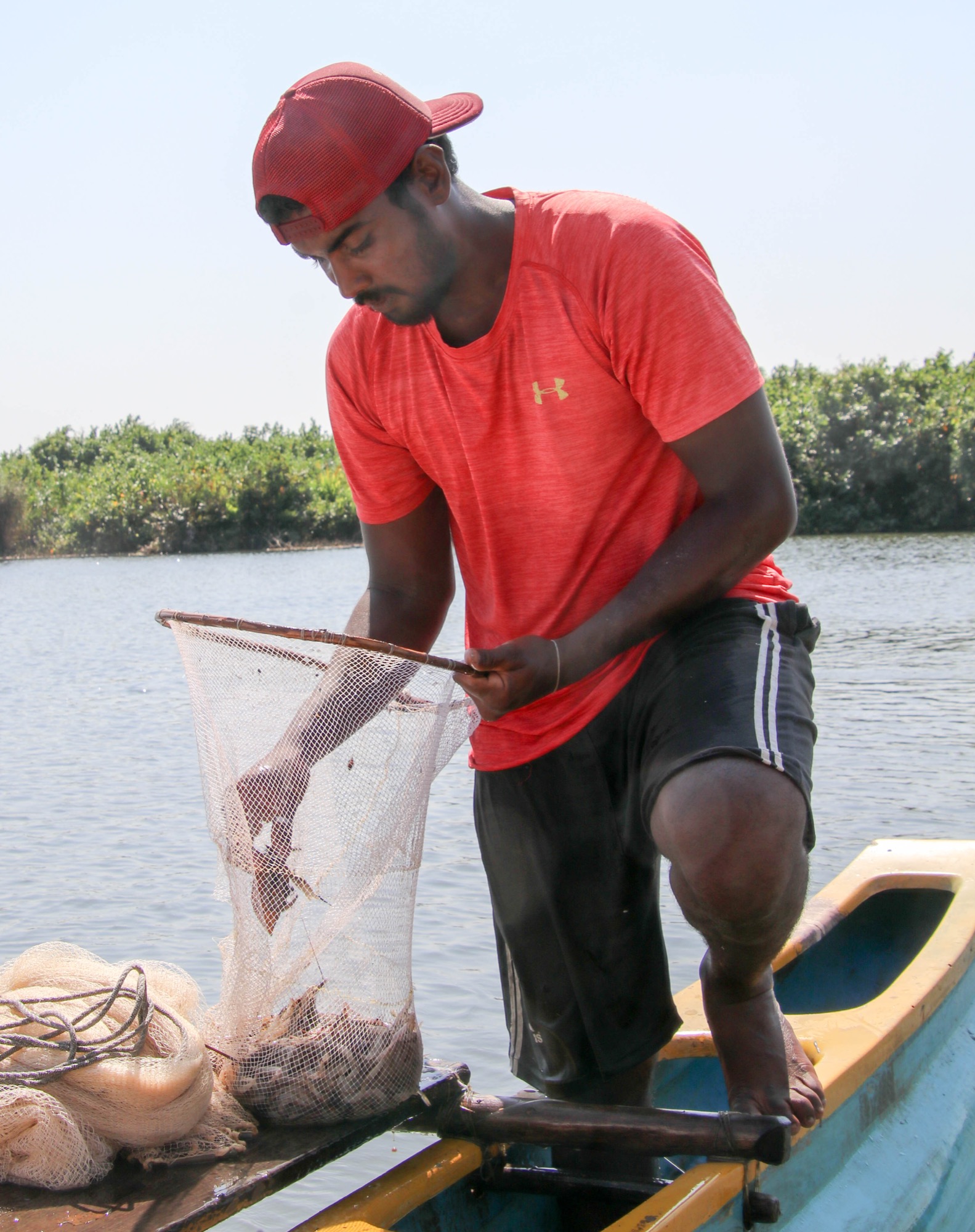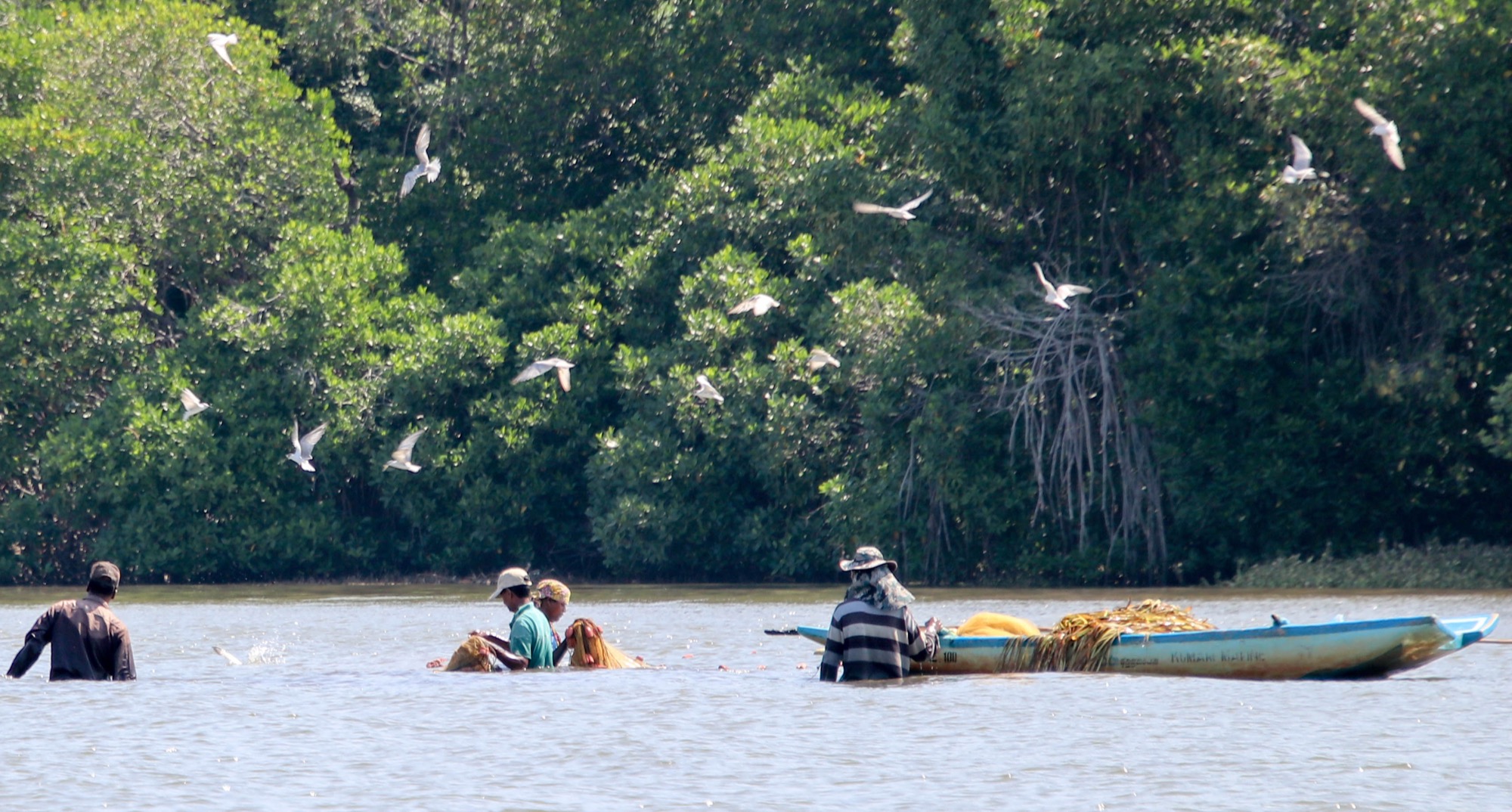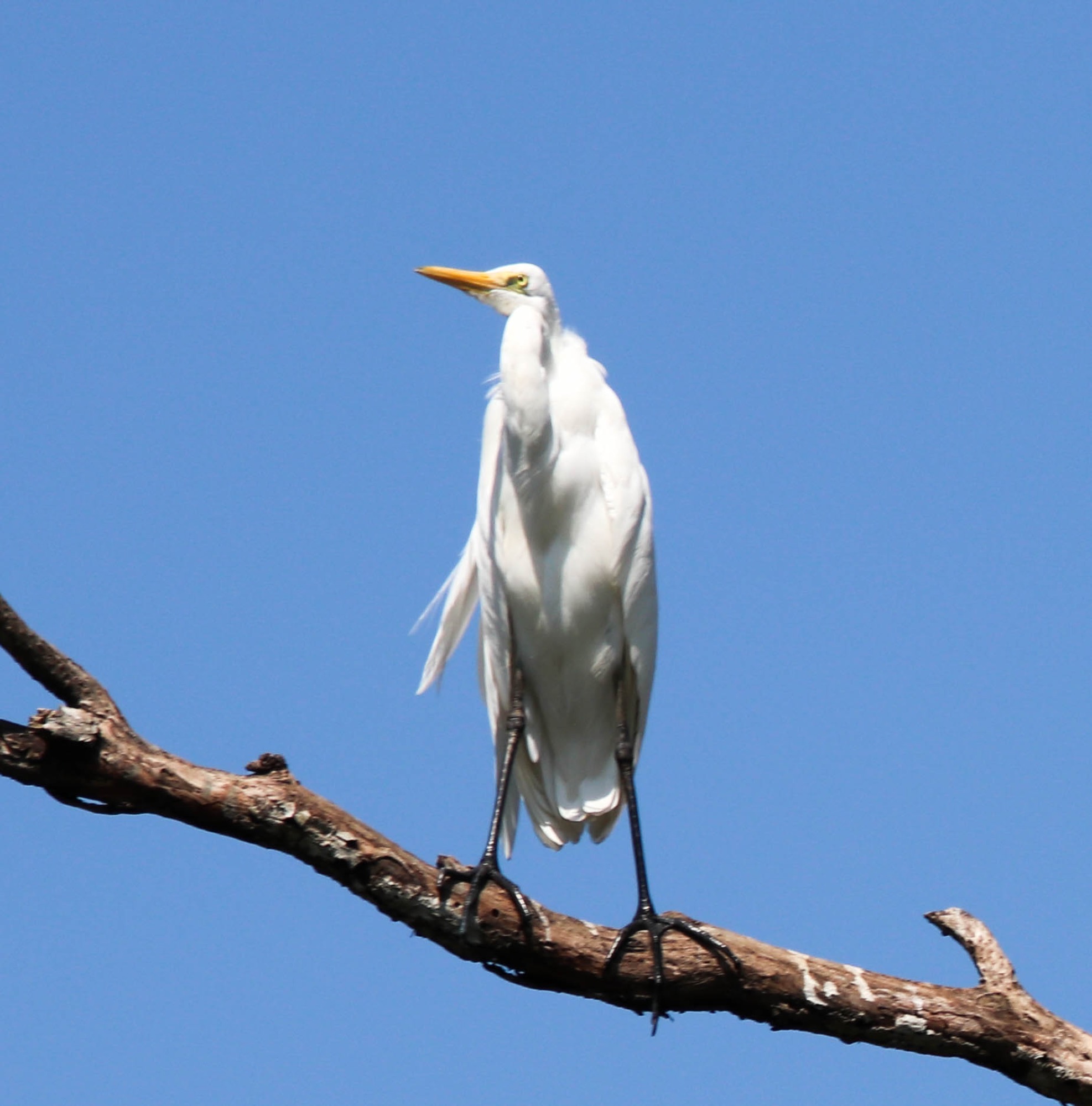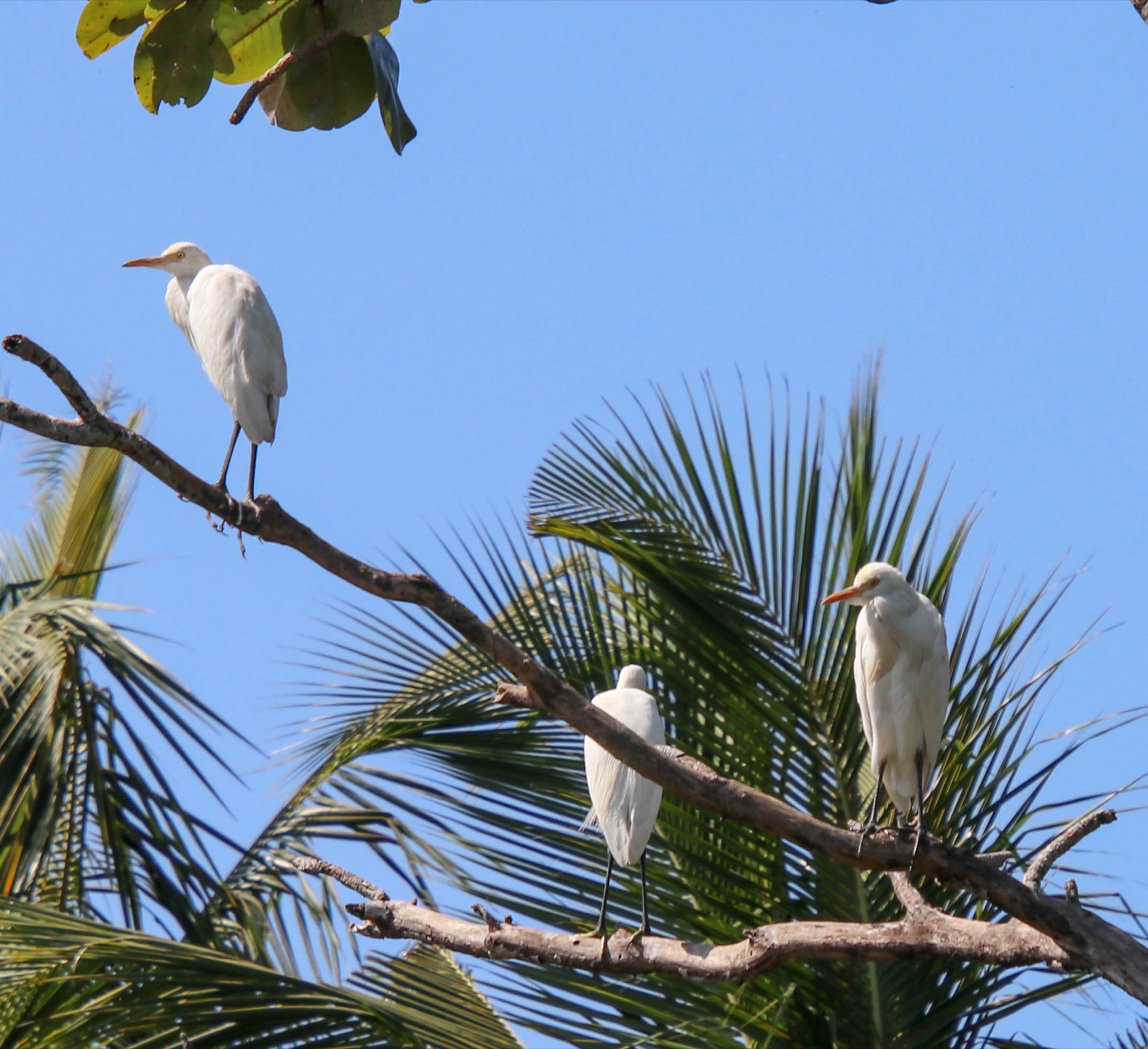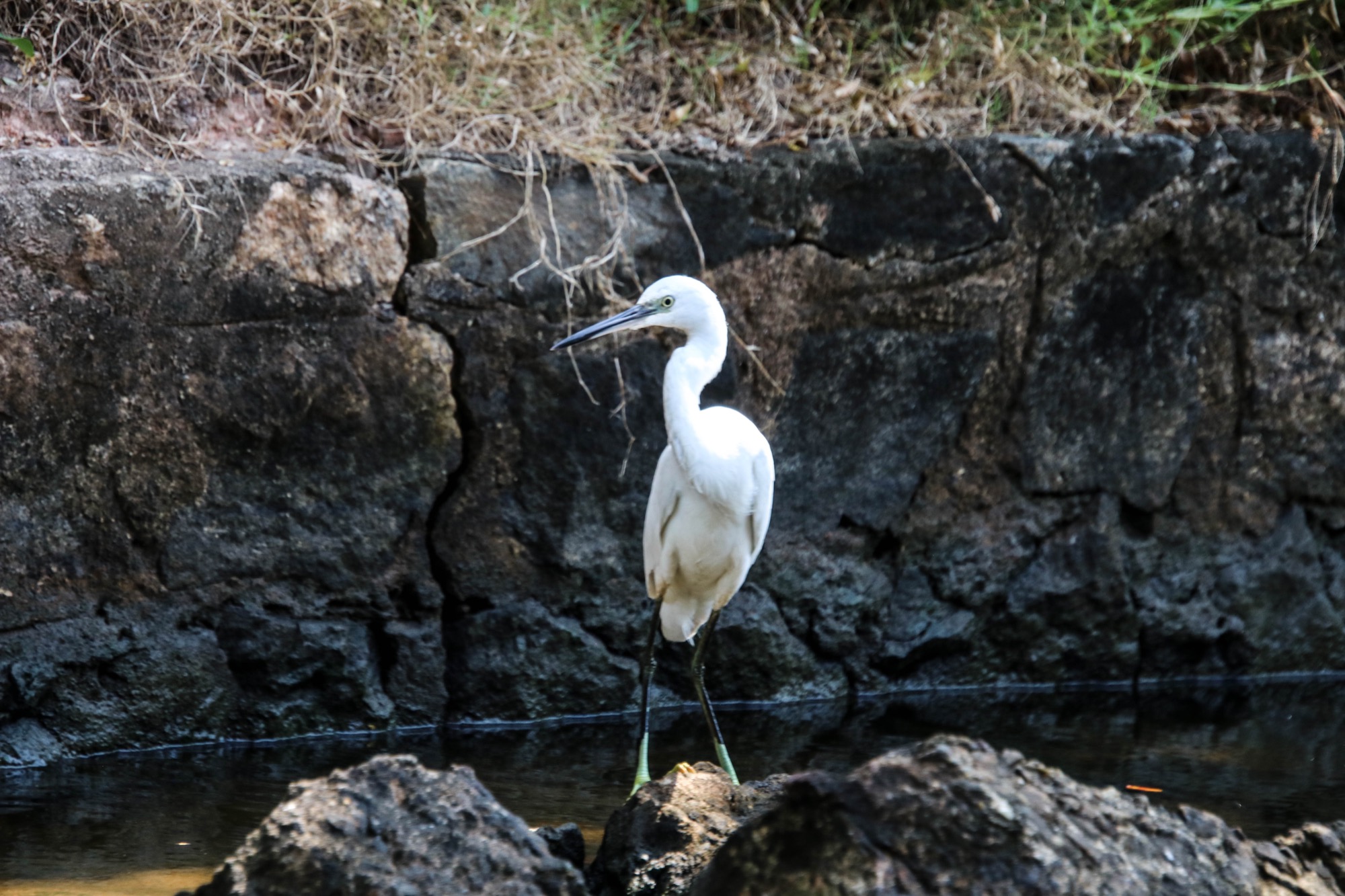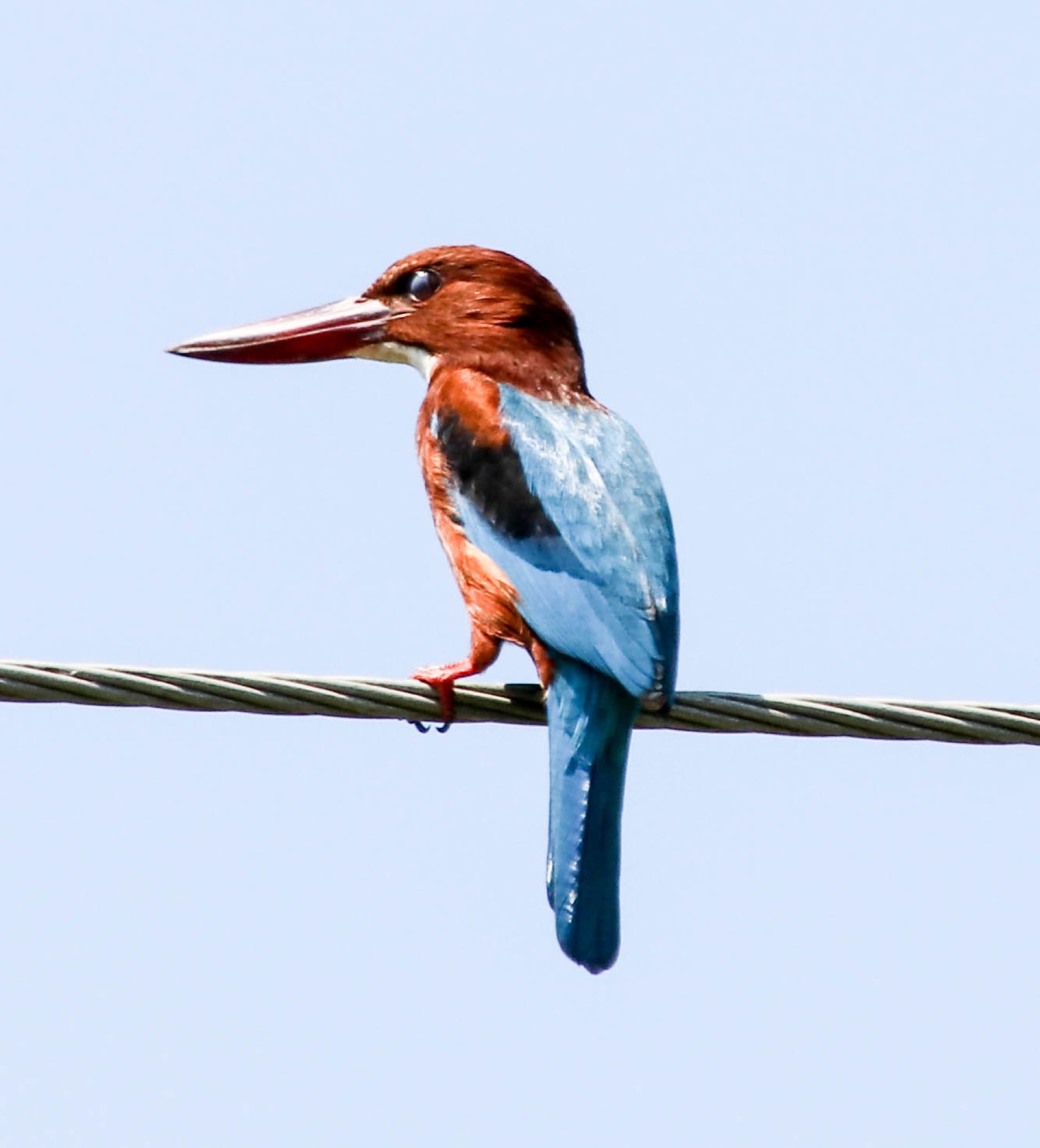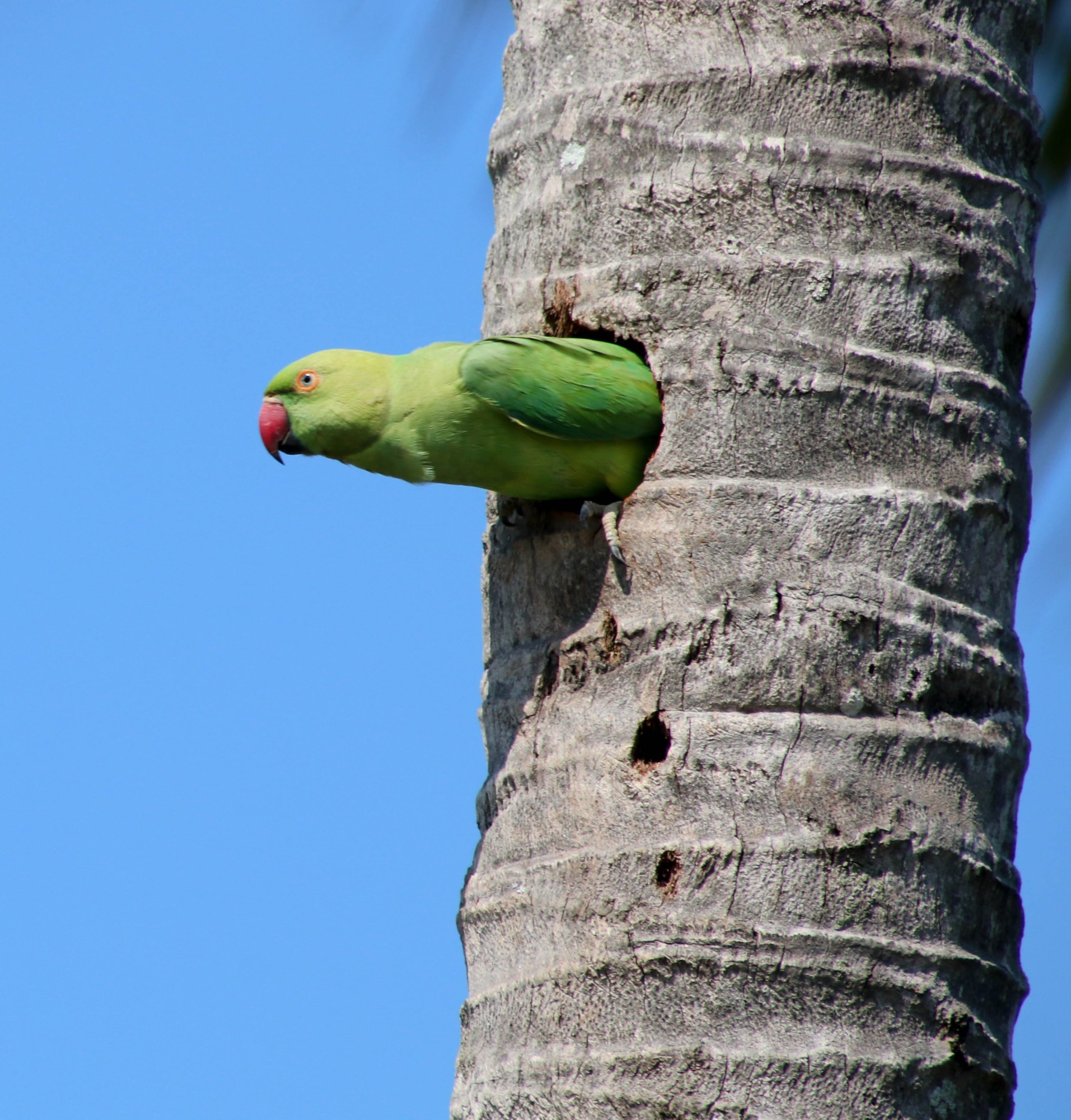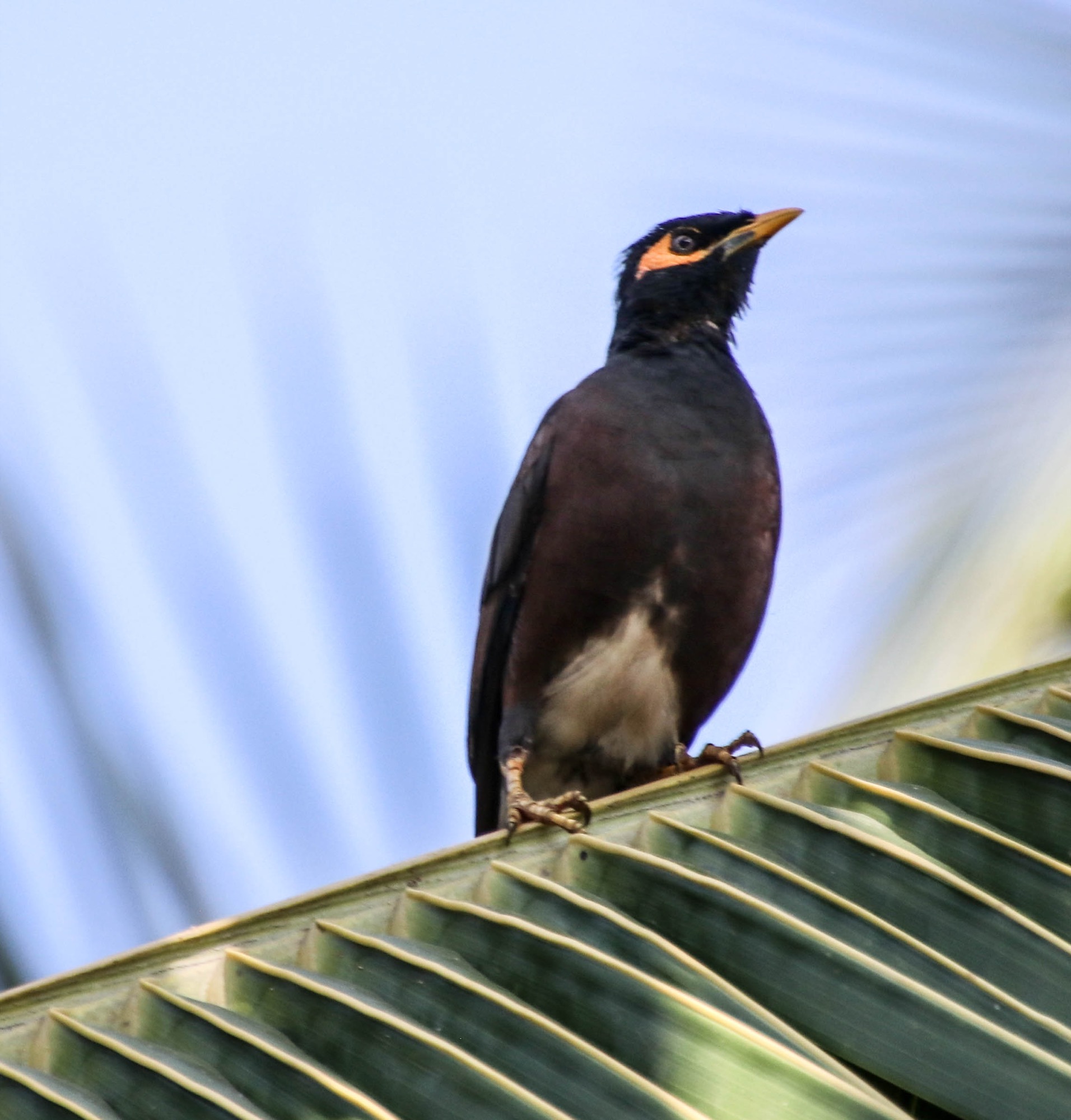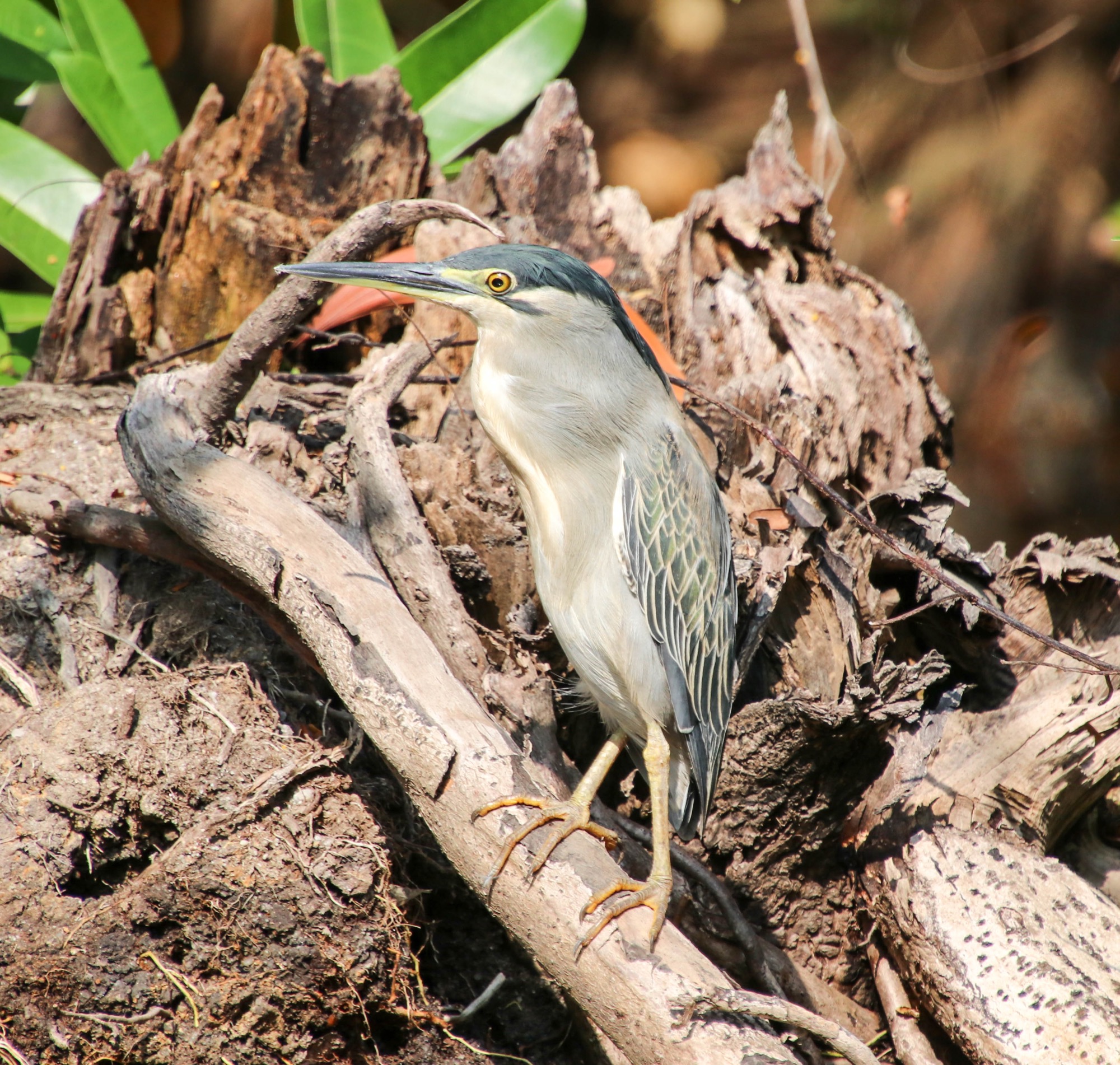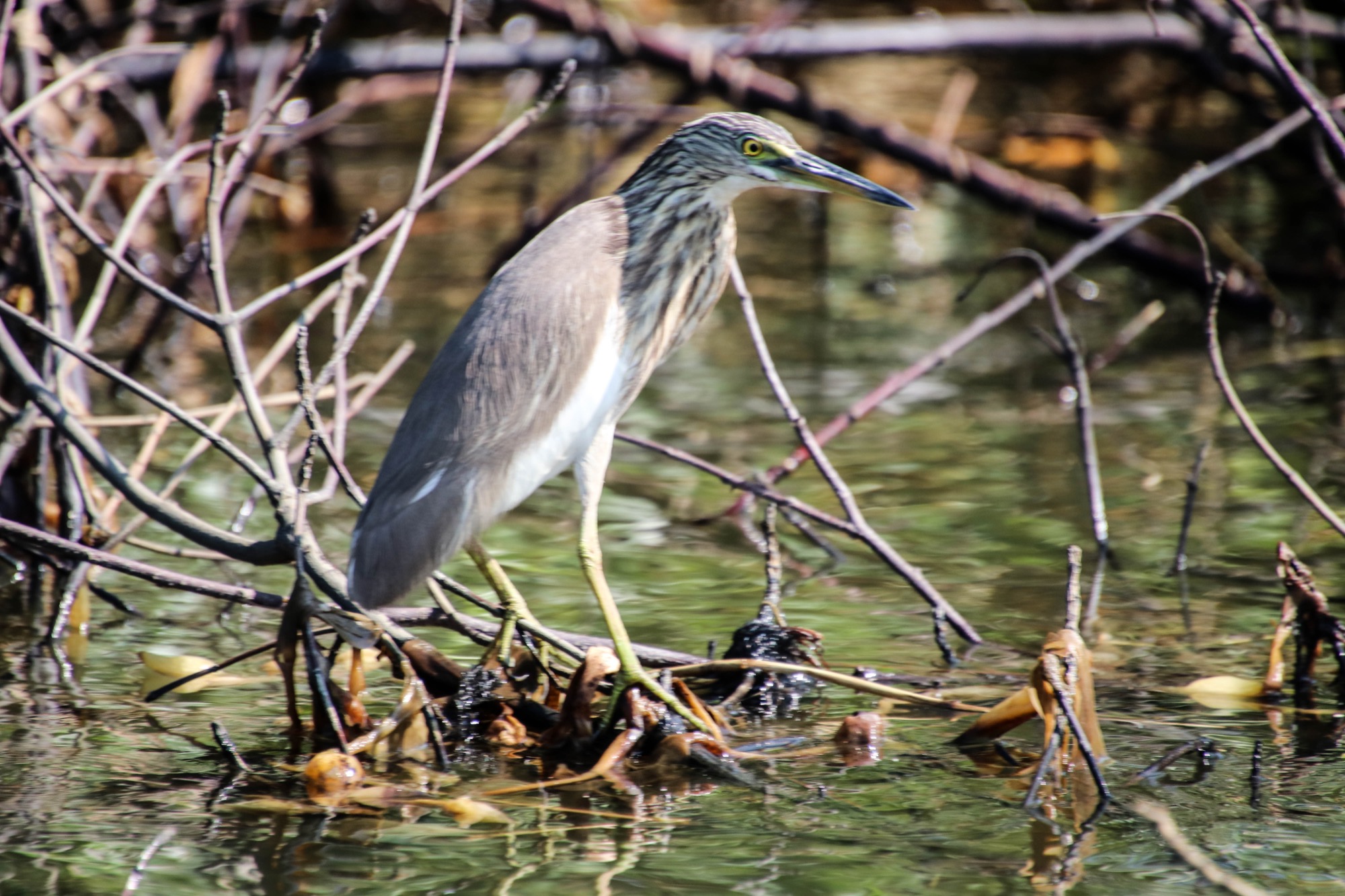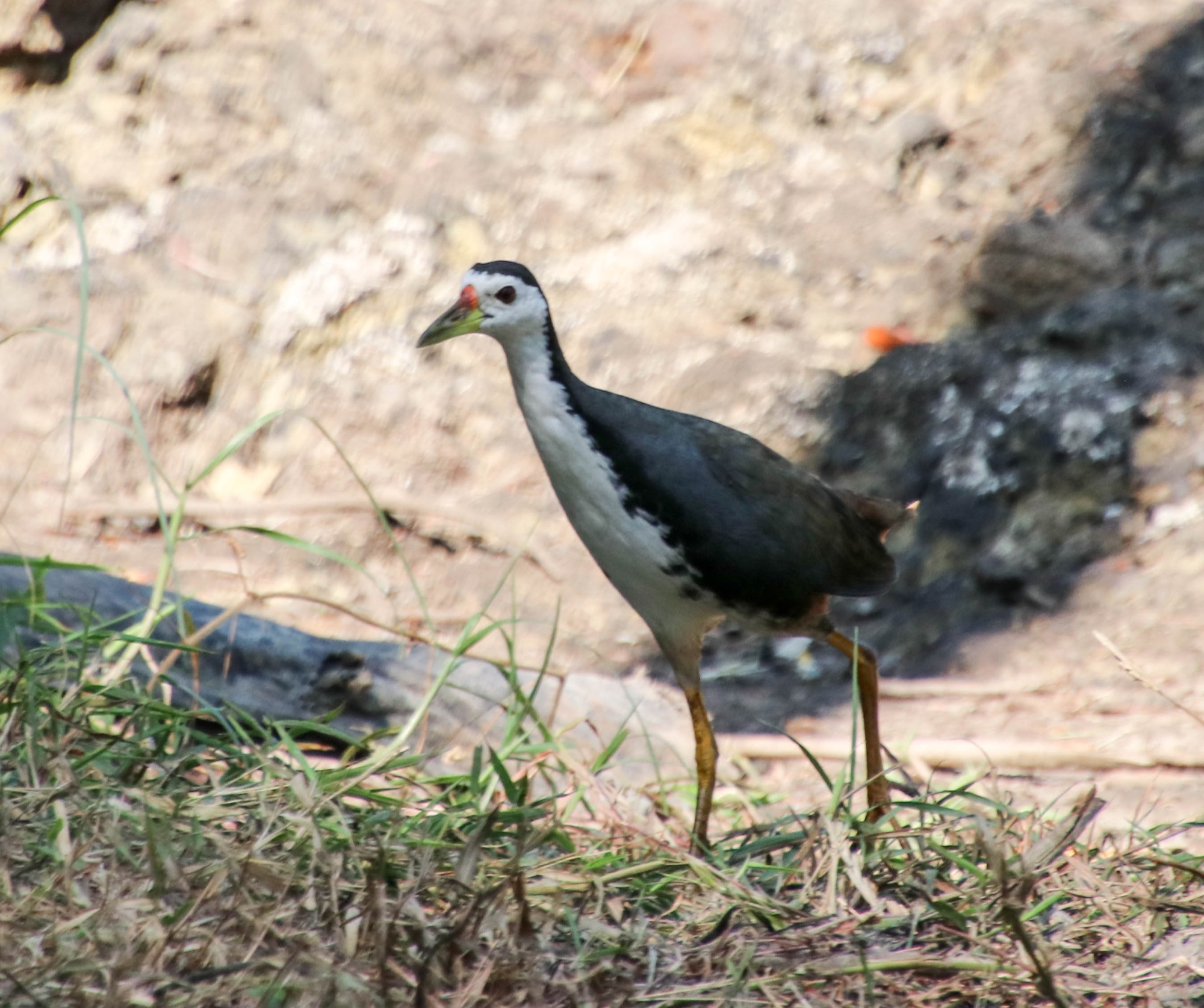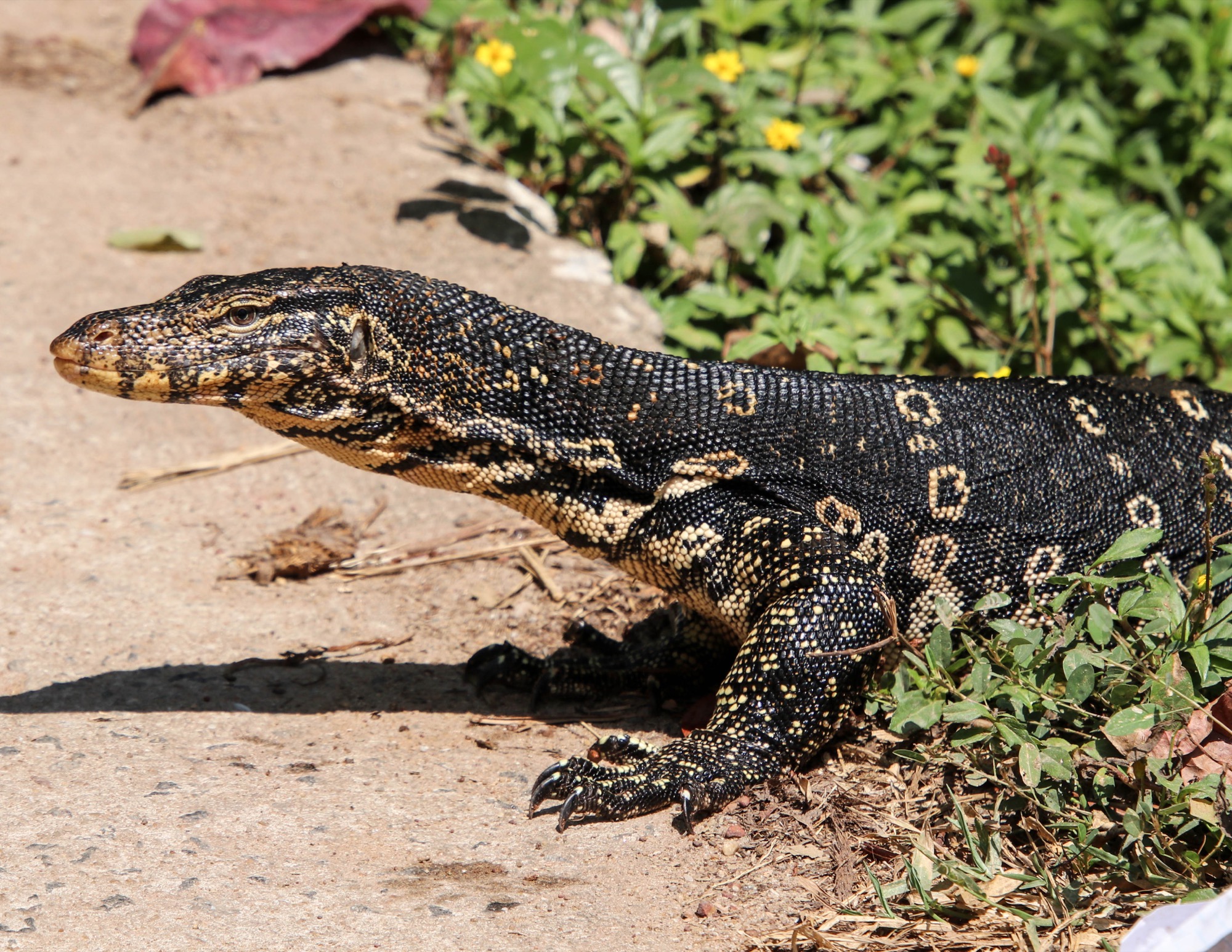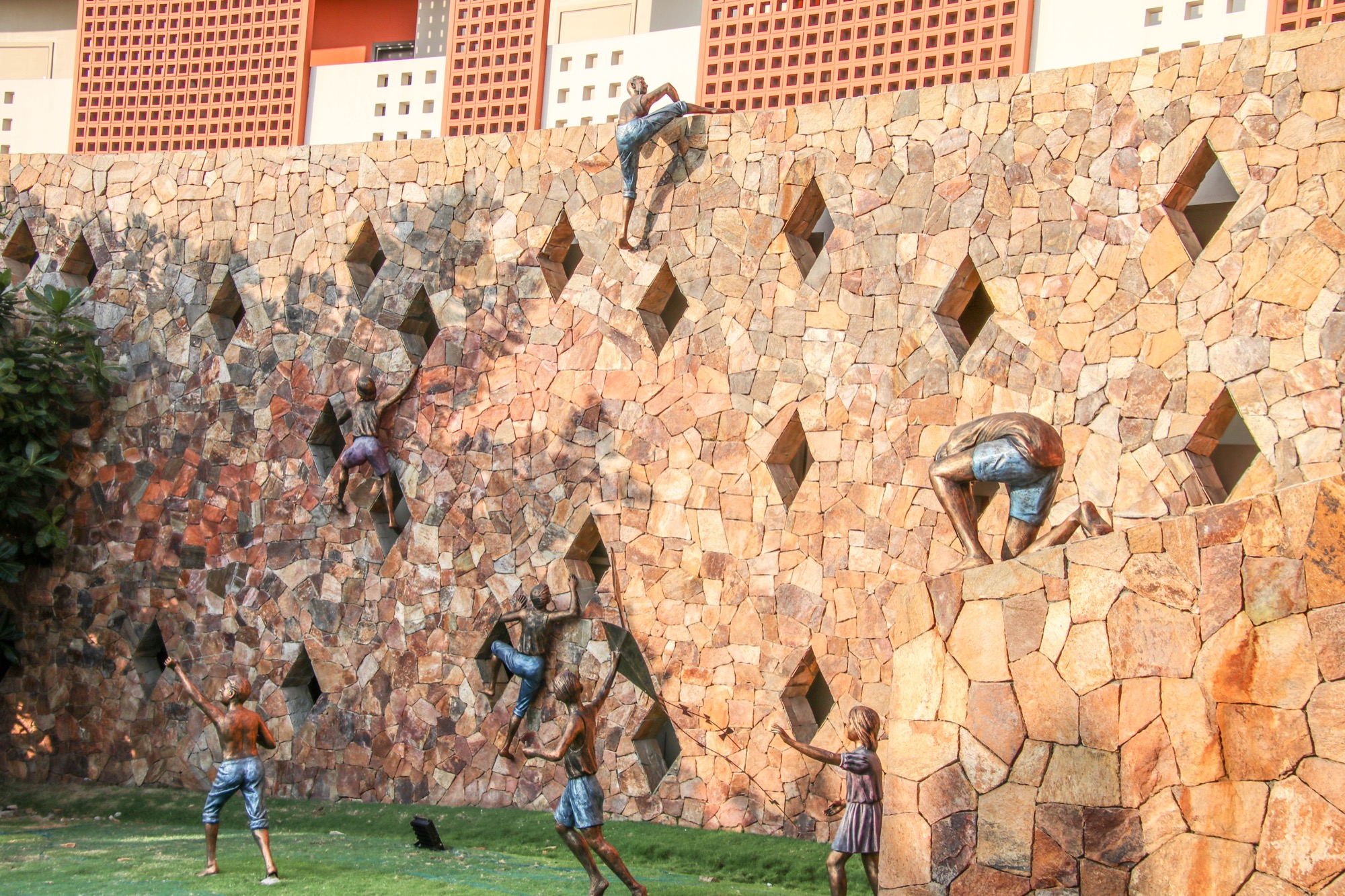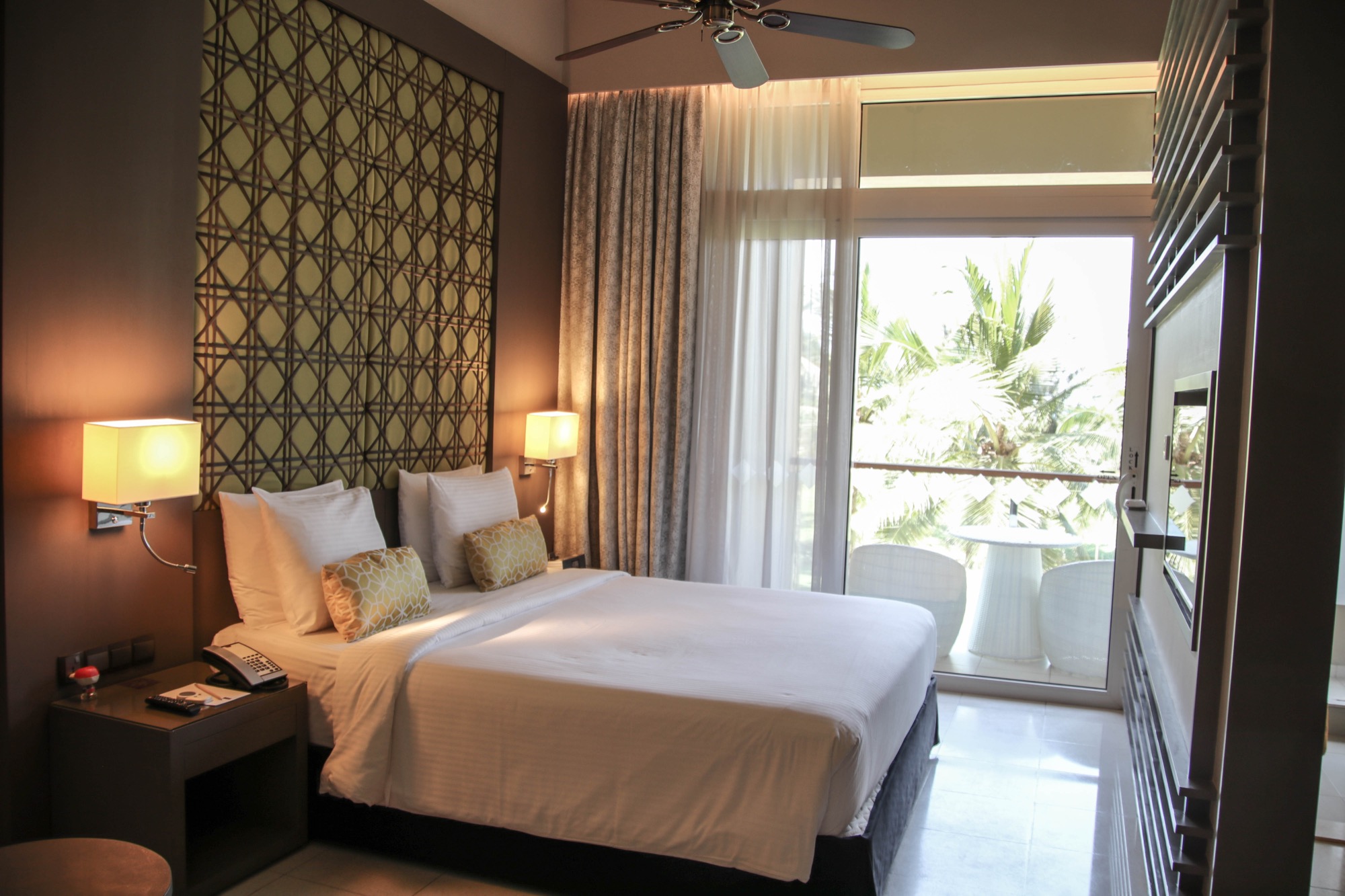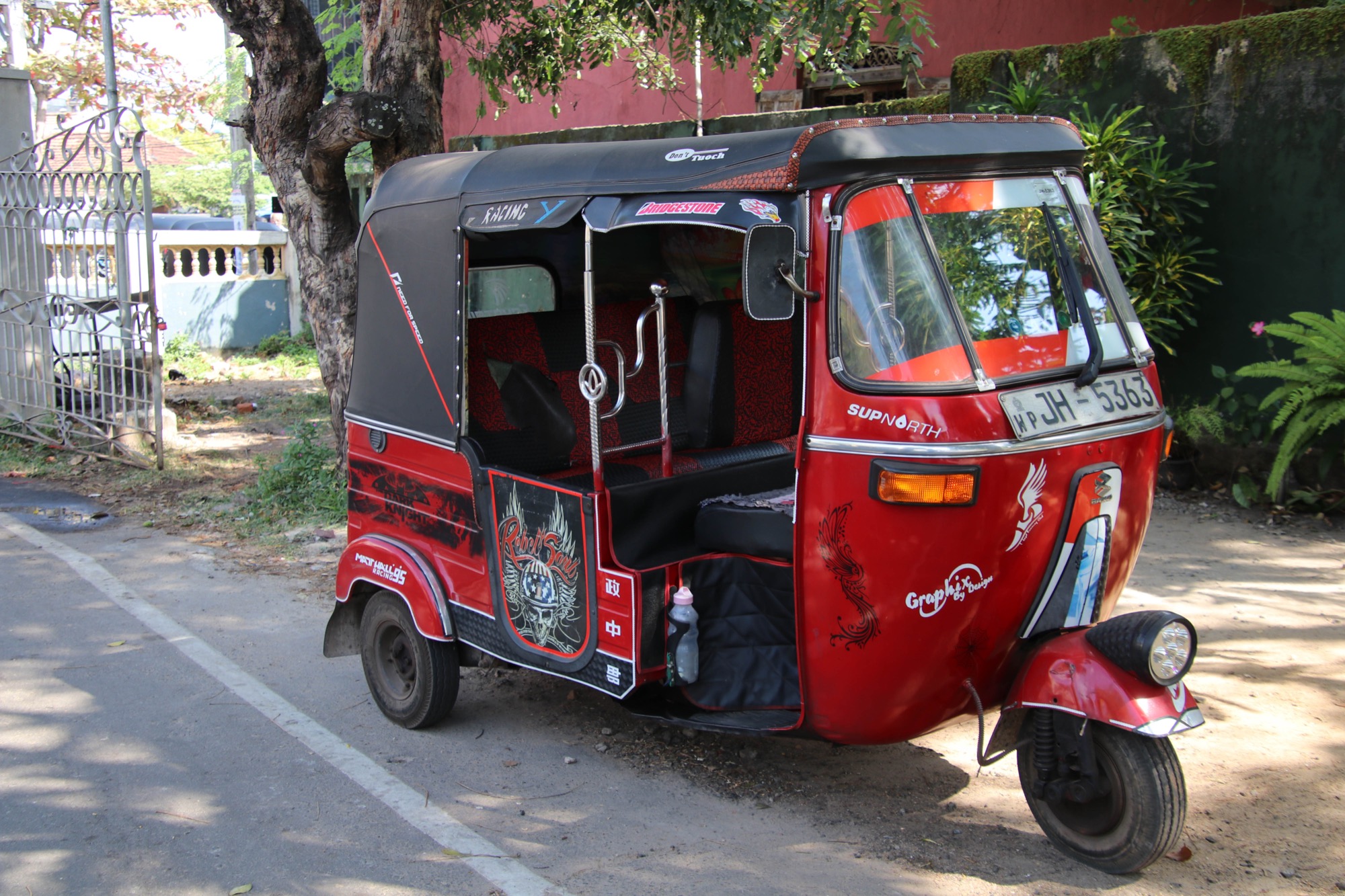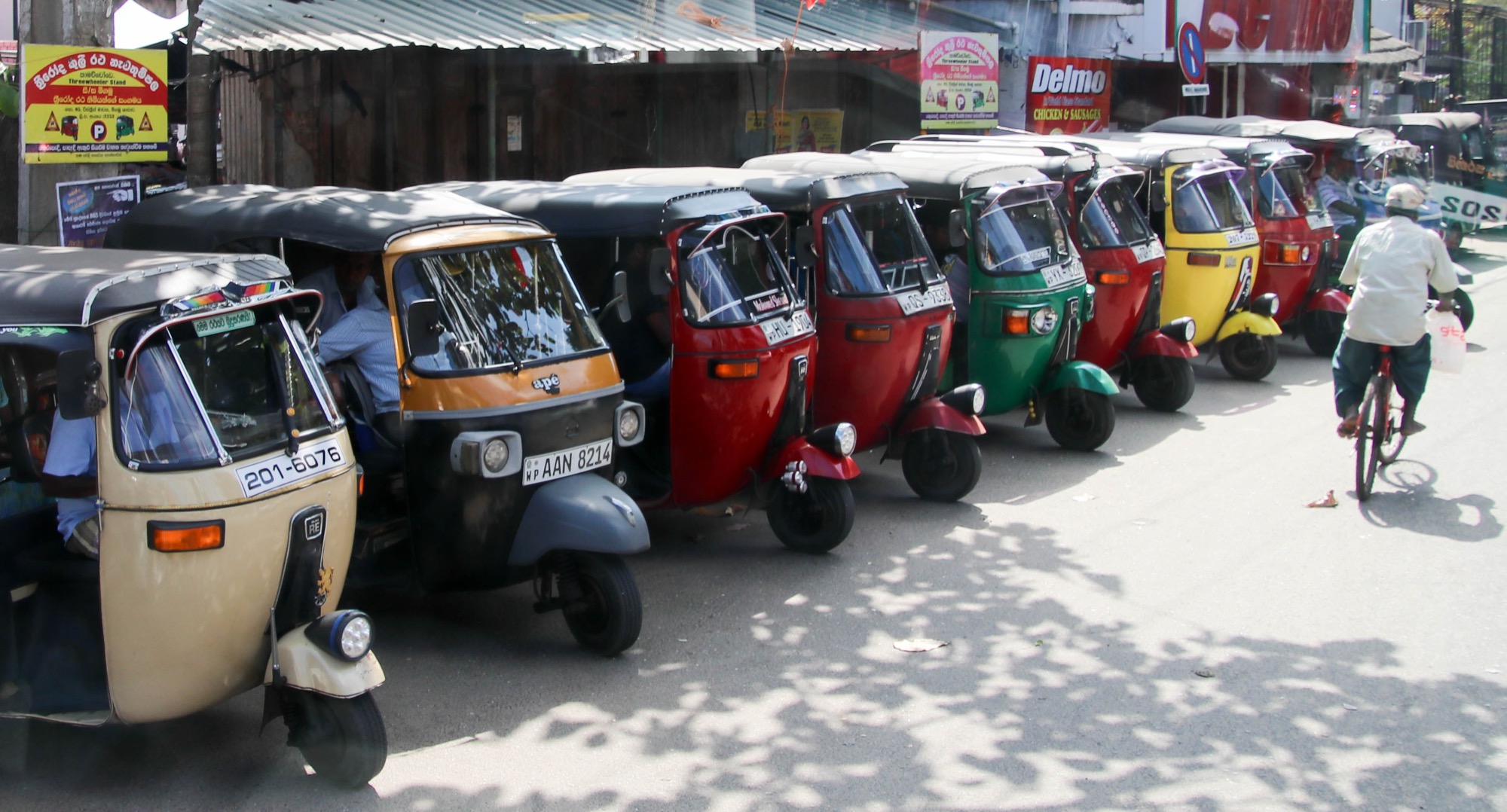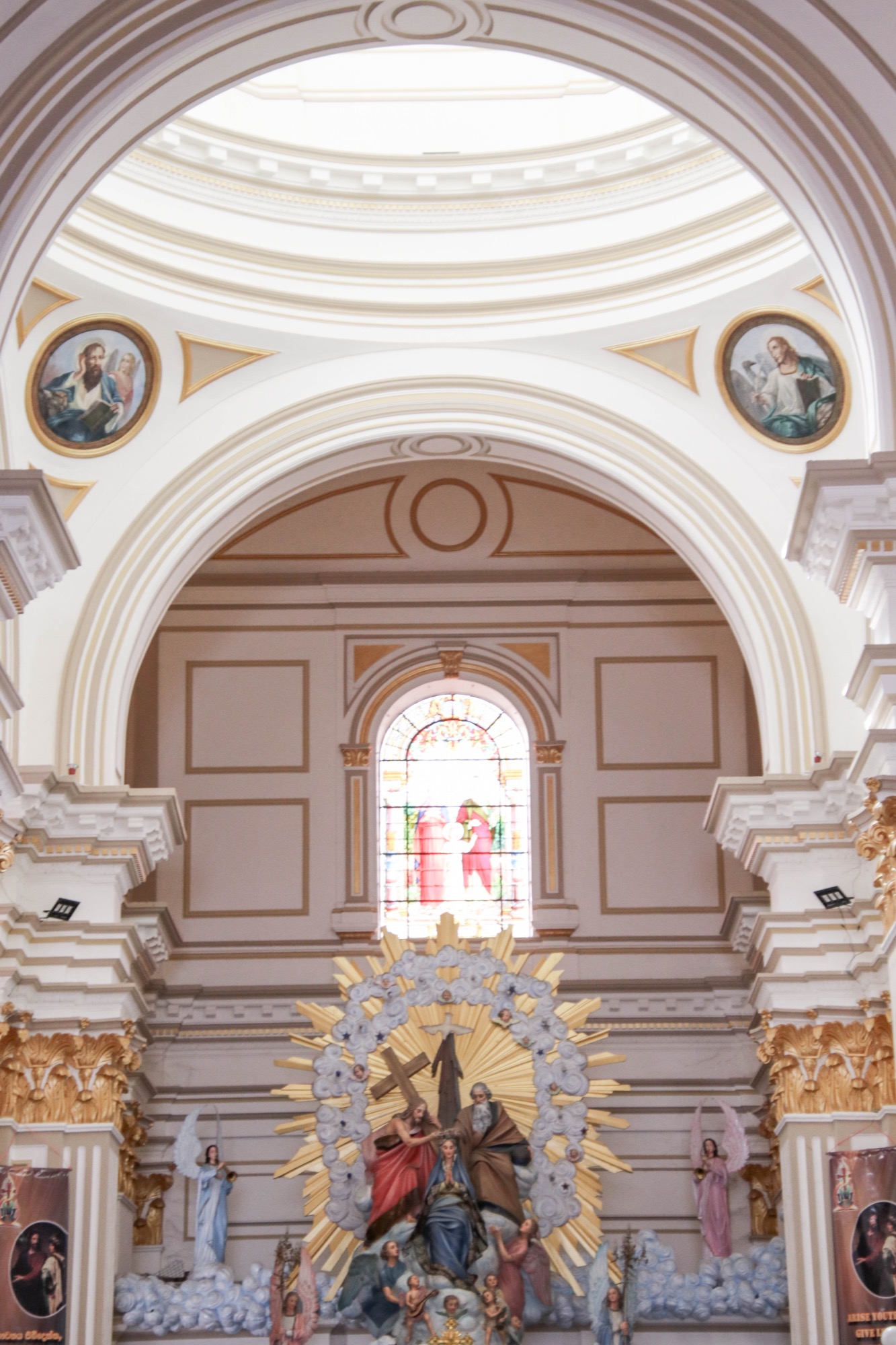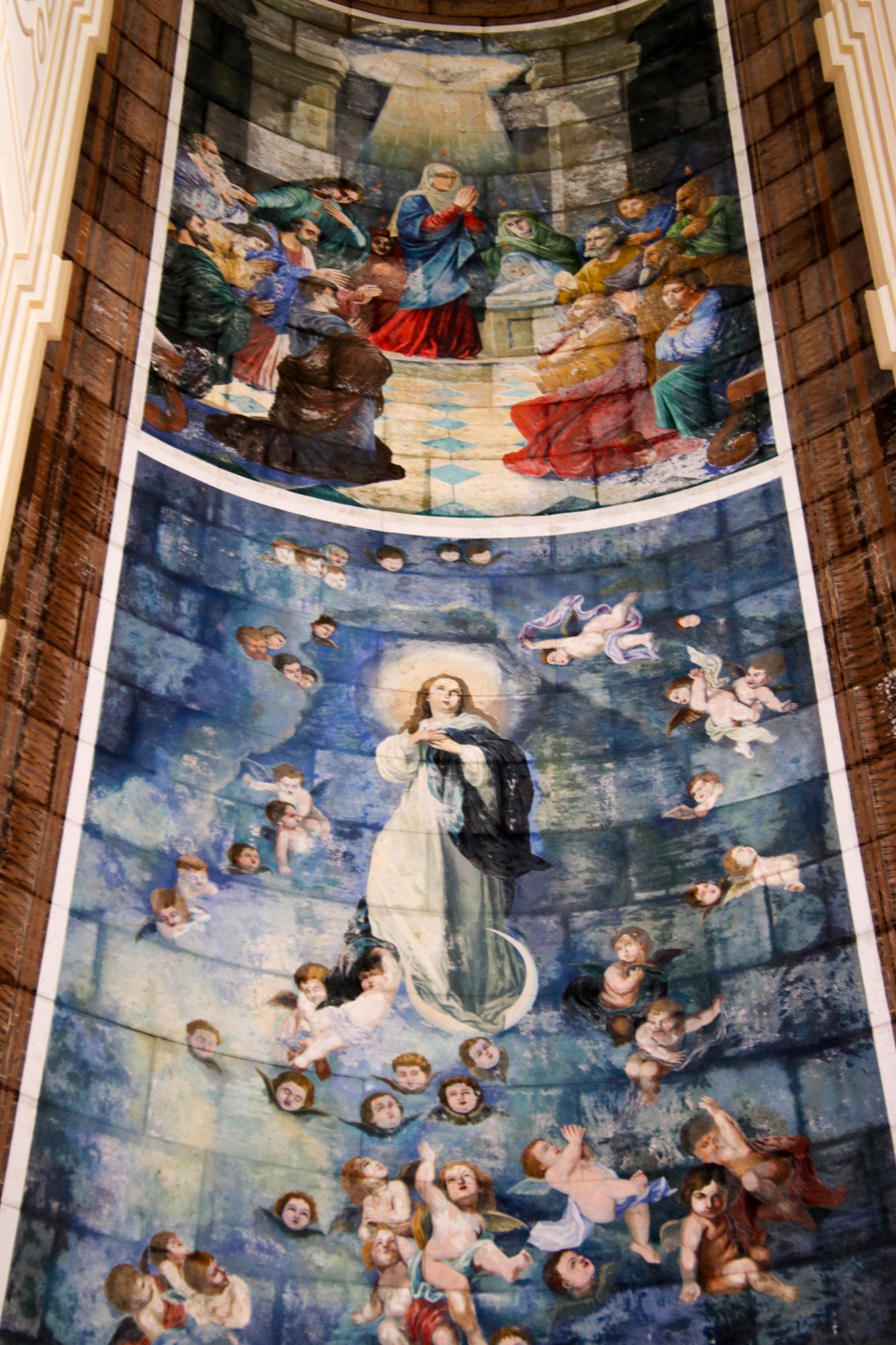The Adventure Begins
It wasn't easy to get to Sri Lanka. We spent 20 1/2 hours in airplanes and about six additional hours waiting around at airports. The whole journey, which covered about 10,390 miles, took more than a day. So, what drew us to this small island south of India that is often referred to as "the pearl of the Indian Ocean?"
Our two week adventure allowed us to explore ancient ruins, Buddhist and Hindu Temples, plantations with tea and spices, and the mining and processing of sapphires. Best of all, there were lots of elephants and monkeys along the way. Our journey took us through farming villages, small towns and a big city. As we walked along sandy beaches and wandered along mountain trails we found many new things to explore.



